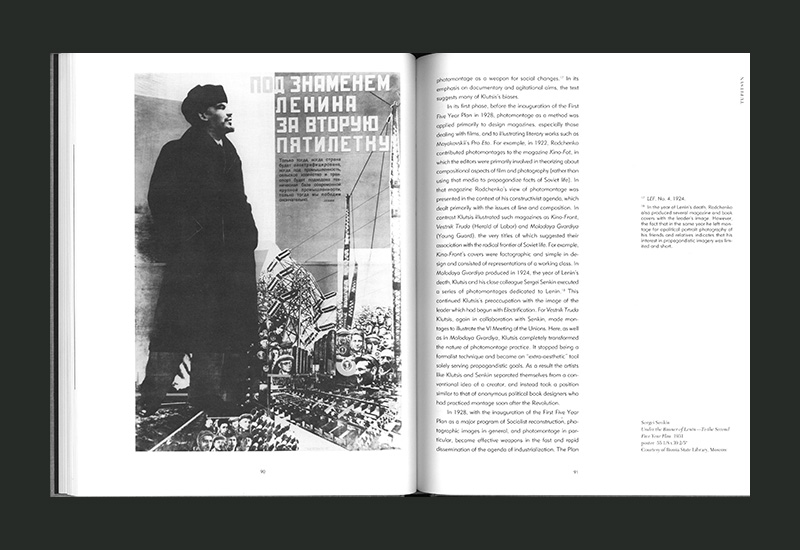Montage and Modern Life 1919-1942
Matthew Teitelbaum (Ed.)
The M.I.T. Press, 1992
€75,00
1 op voorraad
Por copy is in perfect condition<;
26 x The development of photomontage techniques during the early 1920s and 1930s in Germany, the Soviet Union, and the United States had a profound influence on contemporary art and mass media. Montage and Modern Life uncovers the roots of this complex relationship. Through unexpected juxtapositions and discontinuous images, and through some of the most sophisticated and least cultivated examples of the art form, it demonstrates how a common set of social and cultural themes was broadly articulated, culminating in a new way of seeing that is the hallmark of our time. Included are examples drawn from photographs, advertising, documentary films, journals, architectural and exhibition designs, posters, and rare archival materials.
Among the artists whose work is featured are Alfred Stieglitz, Walker Evans, Hannah Höch, Berenice Abbott, Edward Steichen, Aleksandr Rodchenko, Imogen Cunningham, August Sander, Werner Graef, Charles Sheeler, John Heartfield, Marianne Brandt, El Lissitzky, and Kurt Schwitters.In the accompanying essays Maud Lavin explores the intersection of montage, modernity, and consumerism that created the image of the New Woman in Weimar Germany; Annette Michelson establishes a historical and critical context for the theory of montage in film; Sally Stein examines why photomontage was used only to a limited extent in the United States in the years prior to the outbreak of the Second World War; and Margarita Tupitsyn considers the role of montage in publicizing and celebrating the Five Year Plan and other Soviet economic policies. She also explores the ways in which montage was used to glorify women in the USSR during the 1920s. Copublished with The Institute of Contemporary Art, Boston.
ISBN: 9780262200912














